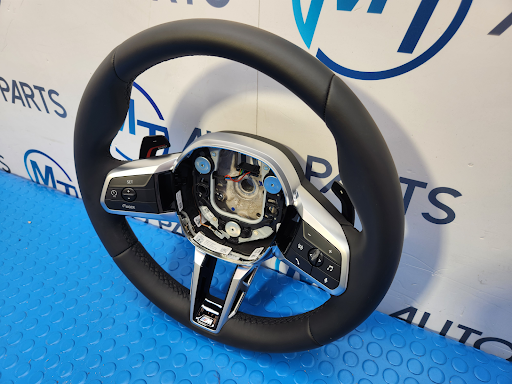
Traveling in your car every day with a faulty gas gauge is a gamble no one wants to take. You can never know when you decide to stutter to a halt. The last time you visited the fuel pump you may have noted the kilometers your car can travel but then you may have also forgotten to keep a check on the odometer. Without the fuel gauge working properly you may not be able to travel with a clear mind and most probably will be stressed most of the time.
The fuel gauge is an essential part of the vehicle. Without a visual of the remaining fuel in your tank, it’s almost impossible to depend on your vehicle or tell if you are getting low mileage or not. Your travel plans will be filled with ambiguity and things will hardly ever go as planned. The electronic engine control unit (ECU) controls the fuel supply, air management, fuel injection, and ignition, the heart of the engine management system. ECU programming repair plays a very important role in fuel injection and ignition.
Having a working fuel gauge is as important as having fuel in your car so it’s best that you take your time out and do something about it.
A person like me who believes in DIY mostly wants to know how to fix things at home. So I did some research and drew some steps to diagnose and then fix my fuel gauge. I don’t like spending a fortune by sending the car to the service center and regretting it later. Doing things myself helps me to understand my car better and adds to the knowledge I should anyway have about things in this world.
Diagnostics and Solutions
Switching the car on and off
There are ways to diagnose the gas gauge problems of a car. One of the most simple and common ways to understand the problem is by switching the ignition on and off. While you do this you have to keep an eye on the needle of the fuel gauge. If the needle does not budge and you know you have fuel in the car then that clearly indicates that you need to check the gas gauge which is malfunctioning.
Ideally, the needle of the fuel gauge of the car should go all the way and then down. This normally is a sign that there may not be a problem with the gauge itself and you have to go ahead and check for other problems.
Check the fuse box
Checking the fuse box may sound like a very technical task but in reality, it is quite easy. Most cars have 2 fuse boxes. One is located inside your car near the passenger’s seat and the other one is placed somewhere under the hood.
You then need to check the owner’s manual to understand where the fuse for your gas gauge is located. Instead of trying to figure out which fuse is broken you could simply check all of them and replace them. Fuses are very cheap and you can get them at almost any car repair or spare-part shop.
If the problem is fixed you can sit back and relax. If not, it’s time to move on to the next step.
Sending Unit
Most of the time it is the sending unit that causes problems in the fuel gauge. The sending unit basically has varied types of sensors that sense the amount of fuel you have in the car and sends it ahead to the car gauge for the reading.
To check if the fuel gauge is working properly you have to get a few things done.
- Firstly go to the gas station and get your car filled with gas till it doesn’t automatically cut off.
- Once you’ve done that you’ll have to get a multimeter which is used to read the resistance.
- After that check your car’s manual to see the optimum resistance that the car is supposed to deliver.
Once you complete these requirements it is time to test the sending unit. Using the multimeter you will get a reading in ohms which will be the resistance. Compare this reading to the optimum resistance of your car and if the reading shows even a little different then that will point to a faulty sending unit.
In 1 case out of 4, this problem can be easily solved by purchasing a fuel system cleaner that will run through your system and clear any obstructions that might be causing the faults in the unit. The cleaner mostly comes cheap and can be bought easily at service stations and other shops.
If the problem still persists then you have no option but to replace the whole unit. It is still advisable to take it to the service center to get the unit checked and find out possibilities for it to be fixed without following through with the complete replacement.
Voltage issues
The gauge of your car is an electronic unit that requires electricity to run.
It is difficult to remove the gauge from your car but if you follow some instructions from your car’s instruction manual then you will be able to do it easily.
Once you get the gauge out you can use the multimeter to test the voltage. If the voltage readings show 12V then that means that the problem is not with the power supply. You will have to again look at your gauge for further inspections.
Checking the Wiring
Your car is an amalgamation of electric and mechanical parts working in harmony. This also leads to the fact that there are multiple wires running all through the car and feeding power to the different areas.
The fuel gauge, as mentioned earlier, also requires a particular voltage to run and is thus connected by a few wires.
After you have checked for all the above problems and still haven’t found the problem you might simply have to check all the wires for grounding and other types of damages.
There are many ways your wires can get ruined. Some common causes are corrosion due to water damage and rodents which sometimes climb into the car and bite the wires.
A faulty fuel gauge can result in a lot of stress and confusion. You will never be able to travel without ambiguity when such an essential piece of equipment is not working properly. Try to fix this problem yourself without sending it to the service station to save your precious money.






